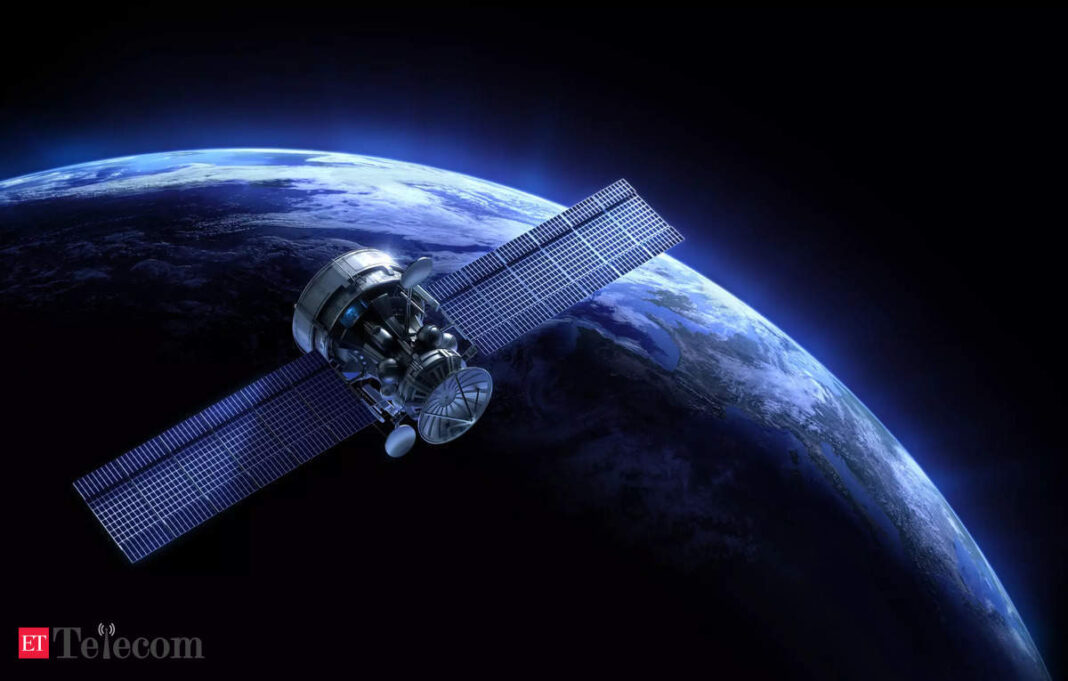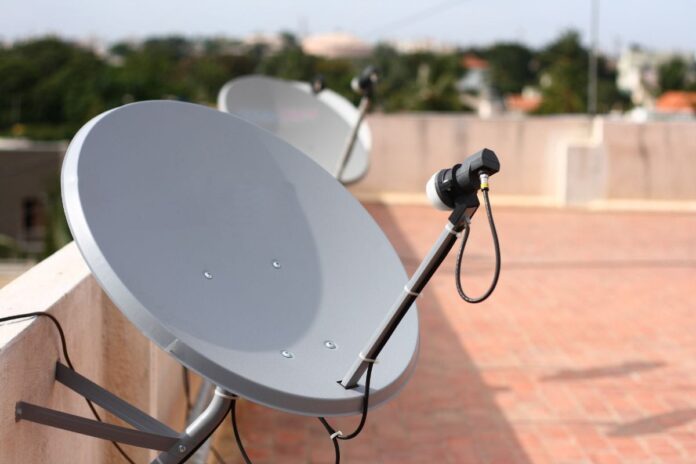In Short:
India is gearing up to enter the commercial space market by focusing on affordable satellite services and data crunching, aimed at sectors like agriculture and communications. With a potential market worth $14.54 billion by 2031, it hopes to leverage its data expertise. Since privatizing the space sector, Indian firms are actively developing small satellites, yet face tough competition from global giants like SpaceX and their established markets.
By Nivedita Bhattacharjee
BENGALURU: India is strategically positioning itself in the competitive landscape of the commercial space sector by focusing on advanced data analytics, the development of small satellites, and cost-effective launch solutions. This approach allows India to avoid direct competition with established players like SpaceX.
India’s initiative targets the provision of affordable services and hardware aimed at critical sectors such as communications, agriculture, and commodities, where access to high-quality data is essential. The potential market for launches is estimated to reach $14.54 billion by 2031, with a related data services market projected at $45 billion by 2030.
AK Bhatt, Director General of the Indian Space Association, emphasized the transformation of satellite technology, stating, “The world has gone from satellites the size of a Boeing plane to the size of a laptop.” He underscored that India has a competitive edge in this arena rather than in heavy launch capabilities, where the likes of Elon Musk dominate.
Opening the Space Sector
Since February, India has opened its space sector to private operators and established a 10 billion rupee (approximately $119 million) venture fund to support emerging space startups. Alongside these measures, plans for crewed space exploration and a mission to Venus have been announced, although the principal focus remains on fostering commercial ventures.
Nonetheless, this pursuit will be challenging. Countries like Japan and China have more advanced space industries and aspirations for affordable launch systems. As commented by Namrata Goswami, a space policy expert at Arizona State University, although the technology and capability exist in India, the competitive nature of spacefight demands substantial proof of concept.
Growth Prospects
Most anticipated revenue growth is expected from downstream data applications, according to Pawan Goenka, chairman of IN-SPACe, India’s space regulatory authority. These applications include analyzing orbital data to enhance agricultural yield, improve navigation systems, bolster telecommunications, tighten border security, and address climate change challenges.
Indian companies such as Bellatrix Aerospace, Pixxel, Agnikul Cosmos, and Dhruva Space are already engaged in the development or launch of small satellites and satellite components.
Recently, ISRO, India’s space agency, successfully completed the third and final developmental flight for its Small Satellite Launch Vehicle, which will be rendered available to private companies for future endeavors.
“The end uses of Earth observation are vast,” Goenka noted. “What we are doing is address various parts of the puzzle.”
Real-World Applications
For instance, Bengaluru-based SatSure provides real-time satellite data to the Airports Authority of India for improved air traffic management and safety. This initiative is projected to save 37.5 billion rupees (around $446 million) in fuel costs for airlines by 2025 and will significantly reduce airport processing timelines by approximately 70%.
Prateep Basu, the CEO of SatSure, indicated that Earth observation (EO) satellites, which include orbiting cameras and sensors, could deliver similar cost savings across various domains, stating, “EO is solving problems that span across utilities, navigation, trading, industries, helping save millions of dollars.”
Government Support and Investment
With the government’s market liberalization, both established and emerging companies are entering the space sector. Prominent IT firms such as Infosys have invested in satellite imaging companies like GalaxEye Space Solutions. Additionally, Pixxel, supported by Google, has secured contracts with NASA, while SatSure has gained clients including HDFC Bank and global seed producer Syngenta.
Dhruva Space has become one of the first entities to obtain permission to establish satellite communication centers, previously the exclusive domain of ISRO.
Aravind Ravichandran, founder of the France-based advisory firm Terrawatch Space, remarked, “India is a software powerhouse and produces some of the best minds in the world in data science, machine learning, and artificial intelligence. The space downstream market is, at the end of the day, a software play.”
According to a forecast by consulting firm Euroconsult, approximately 26,104 small satellites weighing less than 500 kilograms are expected to be launched between 2023 and 2032, resulting in an average daily launch mass of 1.5 tons. The overall small satellite sector is anticipated to reach a value of $110.5 billion within the next decade.
In terms of funding, Indian space companies saw a total investment of $126 million in 2023, reflecting a 7% increase from the $118 million raised in 2022, and a remarkable 235% rise from the $37.6 million raised in 2021, as per data from Tracxn.
However, despite these developments, India only holds a 2% market share in commercial space activities, with demand heavily reliant on international clients, facing stiff competition from established companies in the U.S., Russia, and China.
Awais Ahmed, founder and CEO of Pixxel, concluded, “To truly make a dent, (Indian) solutions have to scale to the rest of South Asia and then to the rest of the world.”





